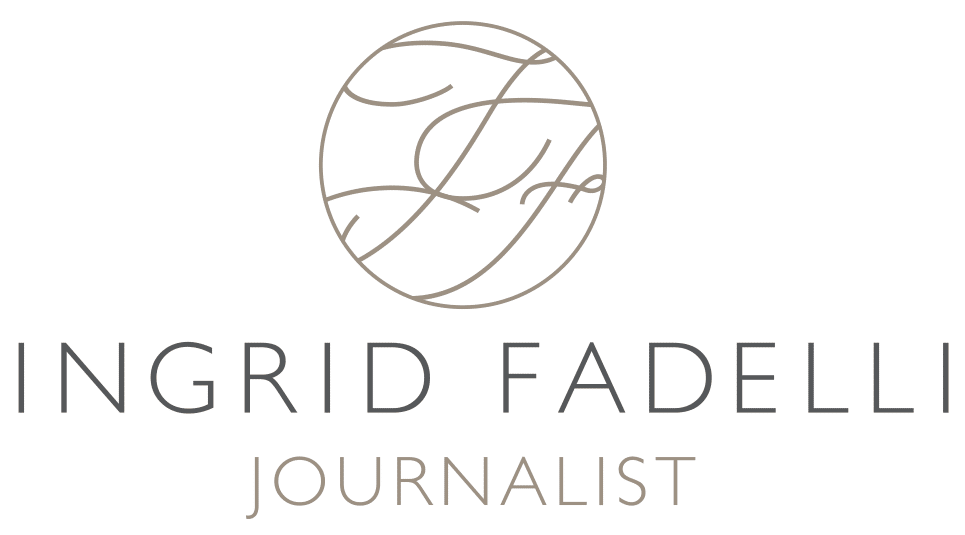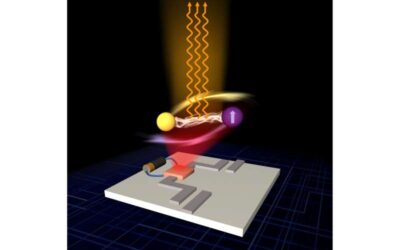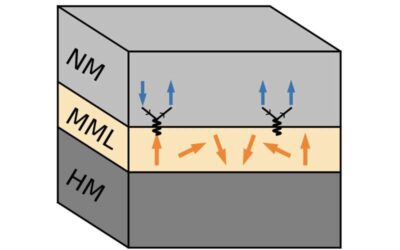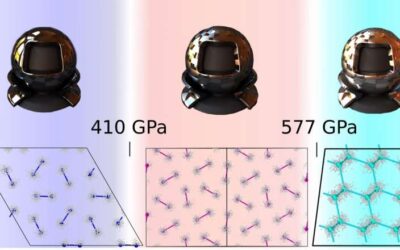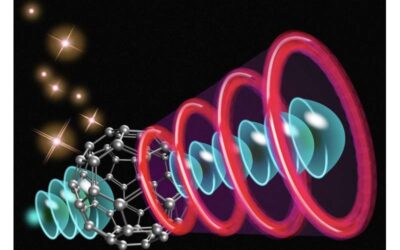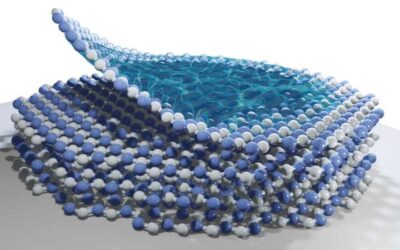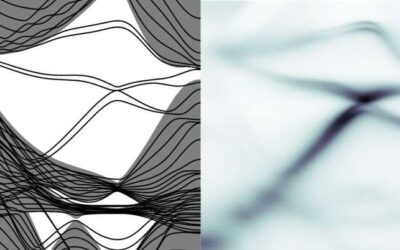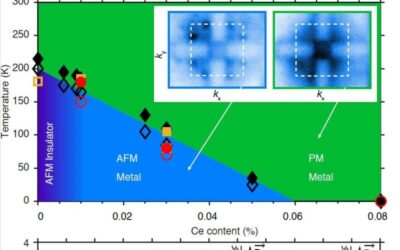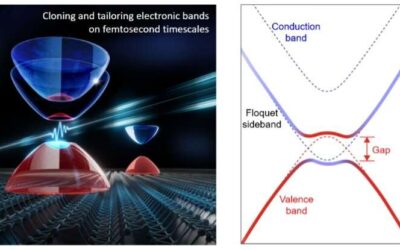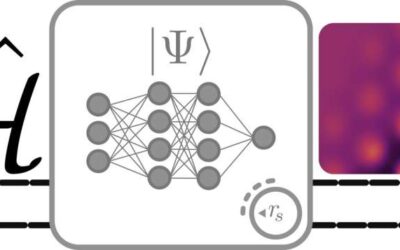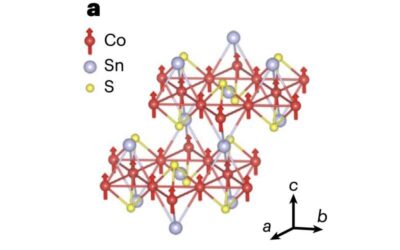When light strongly interacts with matter, it can produce unique quasi-particles called polaritons, which are half light and half matter. In recent decades, physicists explored the realization of polaritons in optical cavities and their value for the development of...
Condensed Matter
A model system of topological superconductivity mediated by skyrmionic magnons
Topological superconductors are superconducting materials with unique characteristics, including the appearance of so-called in-gap Majorana states. These bound states can serve as qubits, making topological superconductors particularly promising for the creation of...
The comprehensive characterization of hydrogen at ultra-high pressures
Physicists and material scientists have been trying to metallize hydrogen for many decades, but they have not yet succeeded. In 1968, British physicist Neil Ashcroft predicted that atomic metallic hydrogen would be a high-temperature semiconductor.
The modulation of a single-molecule electron source using light
Researchers at University of Tokyo, JTS PRESTO, Ludwig Maximilians Universität and Kindai University recently demonstrated the modulation of an electron source by applying laser light to a single fullerene molecule. Their study, featured in Physical Review...
Study uncovers the fundamental mechanisms underlying the formation of polarons in 2D atomic crystals
Polarons are localized quasiparticles that result from the interaction between fermionic particles and bosonic fields. Specifically, polarons are formed when individual electrons in crystals distort their surrounding atomic lattice, producing composite objects that...
Study identifies a new synthesis technique to attain monolayer honeycomb SiC
Silicon carbide (SiC) is a hard crystalline compound of silicon and carbon that rarely occurs in nature and is generally synthetically produced. In addition to being used to create ceramic plates, bulletproof vests and other commercial products, SiC is a...
Study unveils an antiferromagnetic metal phase in an electron-doped rare-earth nickelate
Researchers at Harvard University, the Lawrence Berkeley National Laboratory, Arizona State University, and other institutes in the United States have recently observed an antiferromagnetic metal phase in electron-doped NdNiO3 a material known to be a...
Floquet band engineering in black phosphorus
Physicists have been trying to identify reliable strategies to manipulate quantum states in solid-state materials, cold atoms and other systems, as this could inform the development of new technologies. One of these strategies is Floquet engineering, which entails the...
An extension of FermiNet to discover quantum phase transitions
Architectures based on artificial neural networks (ANNs) have proved to be very helpful in research settings, as they can quickly analyze vast amounts of data and make accurate predictions. In 2020, Google's British AI subsidiary DeepMind used a new ANN architecture...
Modulating magnetism in a Weyl semi-metal using current-assisted domain wall motion
Spintronic devices are emerging technologies that exploit the intrinsic spin of electrons to store and process data. These technologies have the potential to outperform conventional electronics both in terms of speed and energy-efficiency.
